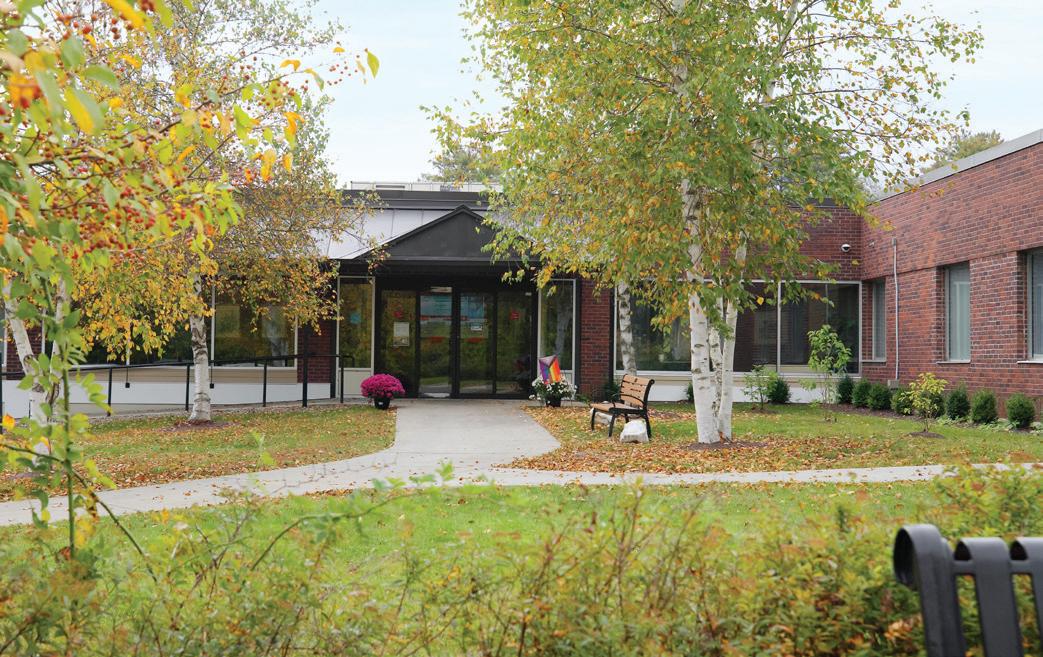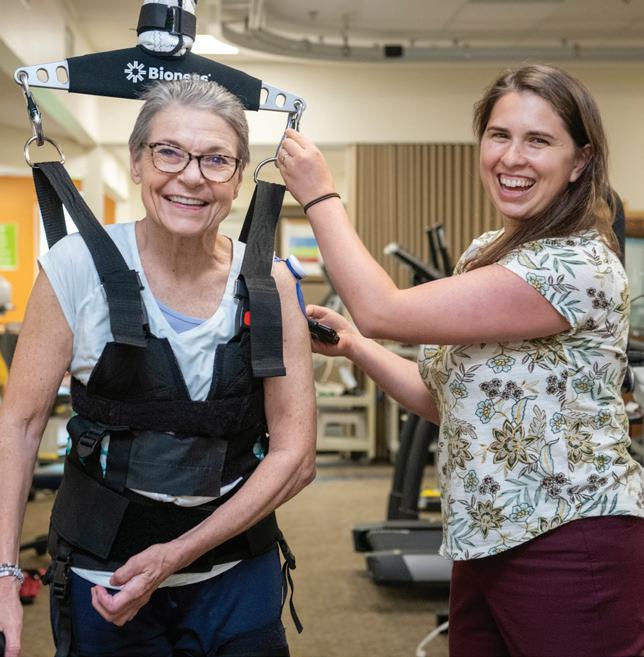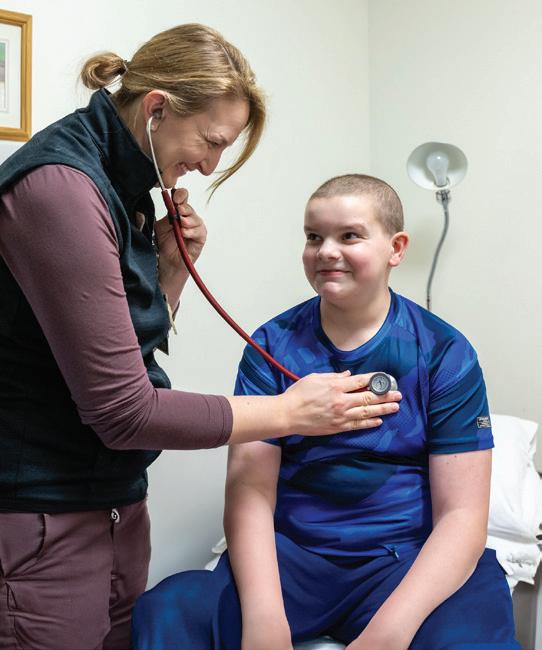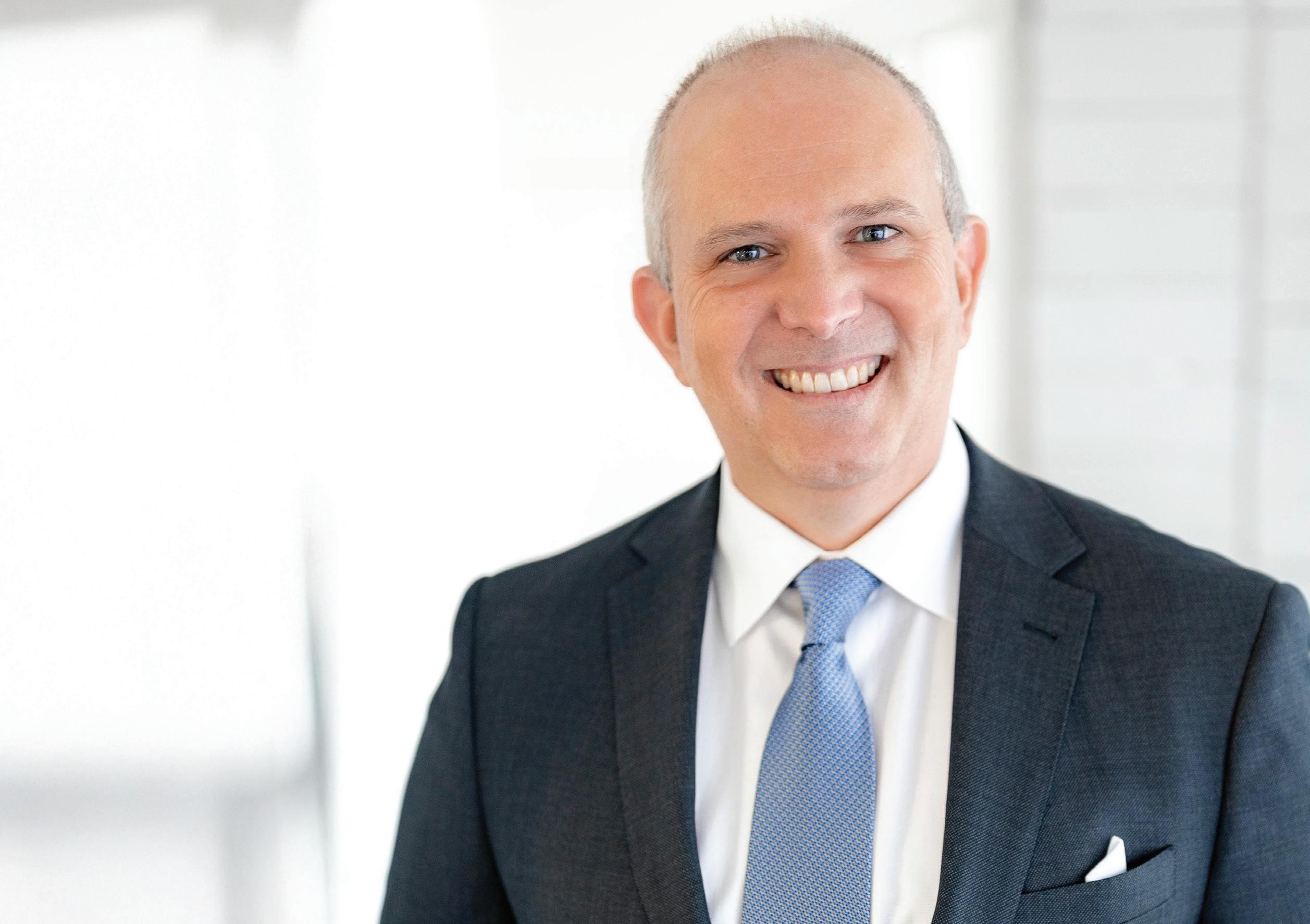
6 minute read
Q&A Matthew R. Foster, MD, MMM
CEO and president of Mt. Ascutney Hospital and Health Center and Valley Regional Hospital
In December 2024, Matthew R. Foster, MD, MMM, was appointed CEO and president of Mt. Ascutney Hospital and Health Center (MAHHC) and Valley Regional Hospital (Valley). It is the first time Dartmouth Health has named one individual to serve as president and CEO of two member sites.
Before joining Dartmouth Health, Foster served as interim chief medical officer at Johnson Health Center in Lynchburg, Virginia, and senior vice president and chief physician executive at Centra Health. From 2002-2021, he was a pathologist, full partner and owner at Pathology Consultants of Central Virginia. He was recently elected to the board of governors of the College of American Pathologists. We talked to him about his new role, and the challenges and opportunities he sees ahead.
What unique challenges have you faced in serving as the leader of two different hospitals?
Building a new partnership is both an incredible opportunity and a challenge, and it’s exciting to be in this role at MAHHC and Valley. There are more similarities than differences, and as we work towards a closer partnership we must continue to ask the right questions and also listen. The biggest challenge remains determining how to integrate and complement our functions and services that adds to what both campuses do without losing what makes them both special and unique. We’re working on strengthening key service lines that span across the Connecticut River, which requires me to deeply understand the strengths and needs of MAHHC, Valley and the communities they serve. Ultimately, my focus is on ensuring the best possible outcomes of our patients and be a trusted community partner.
What are your goals for Mt. Ascutney and Valley Regional in your new role?
My goal is to help MAHHC and Valley define their partnership, creating a microsystem with two campuses within the Dartmouth Health system that effectively supports the small, rural communities that rely on our care. We’ve already achieved this in some ways: We’re currently searching for our next CFO, who will serve both hospitals, and we’ll have similar opportunities to identify shared roles in the future. By fostering a unified community across two campuses, these hospitals have the potential to set a new standard for rural healthcare.
How are these goals informed by your past experiences in healthcare?
As we build this new relationship between MAHHC and Valley, it’s essential to preserve what makes each organization unique and valuable to their communities. My background as a pathologist has given me a broad perspective on healthcare. My role in helping lead state and federal advocacy with the College of American Pathologists also helps me understand health policy and broader quality, safety and other drivers of our healthcare system. Ultimately, however, I have learned that it is the people that make a place special. No matter how modern the building or how new the technology, healthcare remains a people business. We choose to work in the service of others and each other. I’ve learned how important it is to recognize and leverage individual and organizational strengths. I believe in empowering people and their institutions to understand their own capabilities and act on them effectively.
What do you see as the biggest challenges in serving rural populations?
Access, affordability and social determinants of health such as transportation, food insecurity, housing and poverty all remain major challenges in rural communities. We must improve primary care access and timely referrals to and care by specialists. This is not easy in today’s modern healthcare system which places an inordinate administrative burden on the providers who just want to take care of their patients. It will take creative thinking and seeking new ways to reframe our care experience. This involves not only creating operational efficiencies between MAHHC and Valley but also working with their communities to identify and address access barriers, such as transportation. Developing a sustainable workforce remains a significant challenge. It is important, however, that instead of framing these as challenges or problems, we focus instead on outcomes. We need to decide what we want to achieve and what kind of health system we want to be and seek to discover how we can do this in today’s very uncertain environment. I’m committed to showcasing the cultural strengths, competitive wages and local partnerships that make our organizations great places to work and also inviting people to experience what it means to live and work in an incredibly supportive community.
The biggest rewards?
Working toward a common purpose and supporting the people who work here, the patients who seek care and the community that depends on us to always be there when needed as a trusted partner in their care is very rewarding. It’s rewarding to connect with people, including patients, staff and community members, and continuously learn from them. There is always something to learn and that is what makes this so fun. Innovation, building relationships and exploring possibilities to improve healthcare in rural communities, which nationally face unique challenges, is so fulfilling. The more time I spend here in Windsor, Claremont and the Upper Valley, the more I learn and the more we grow together.
How has the transition been from working in the state of Virginia to living and working in northern New England?
The transition has been very positive, even with a cold snowy winter. Thankfully, I like to ski and spend time outside. I have strong family ties here with my wife’s family based in Vermont. While I’ve spent most of my life outside New England, I was born in Boston and, as many people can attest, remain a devoted Red Sox fan, and I look forward to catching a couple games this season at Fenway. It is a beautiful part of the country and one that already feels like home.
Valley Regional Hospital

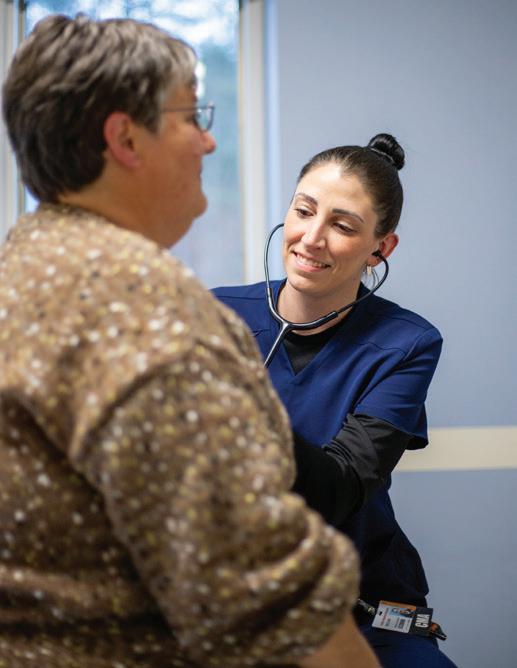
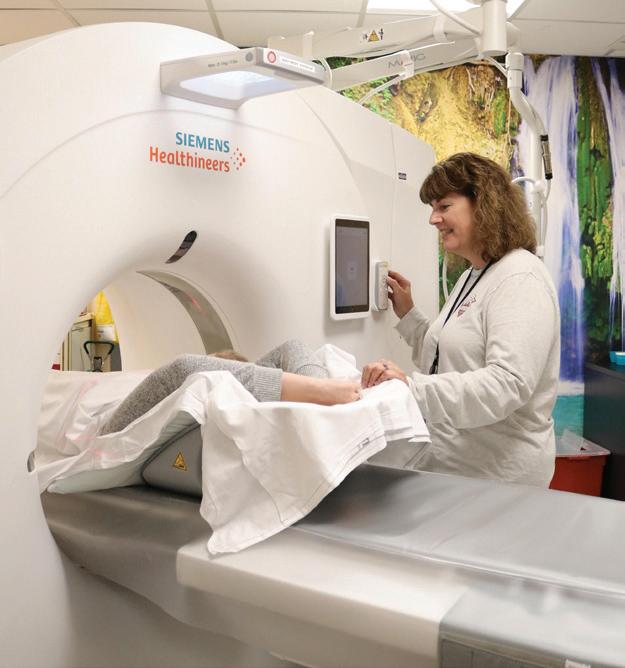
Mt. Ascutney Hospital and Health Center
